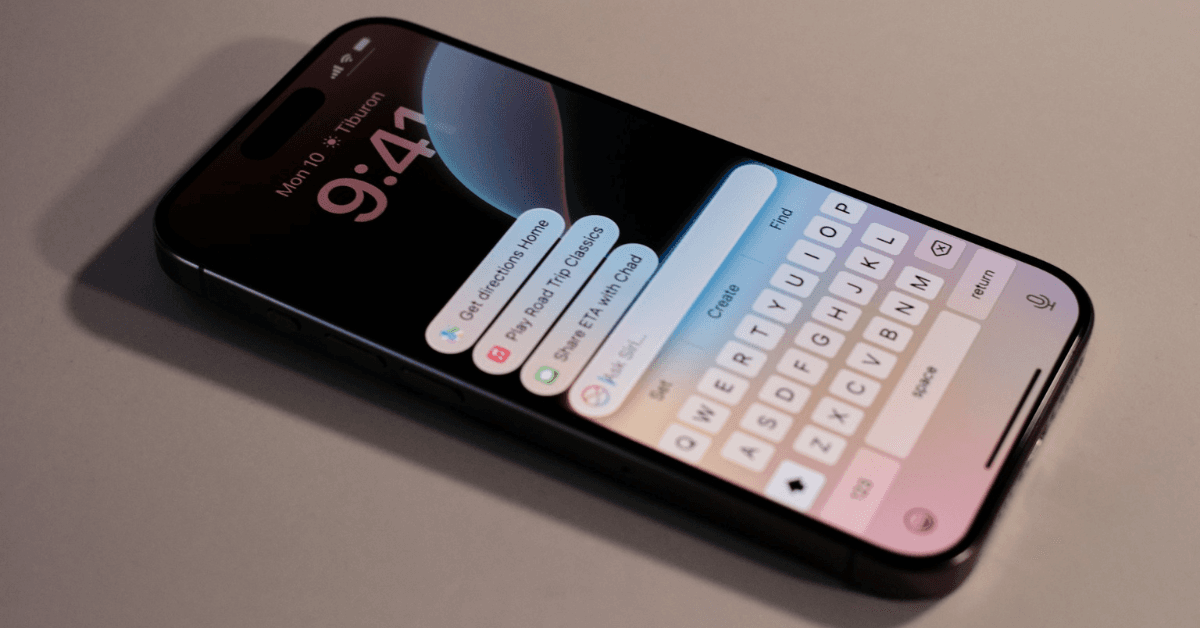Apple Just Built Translation Into the OS

How Live Translation in iOS 26 turns your Phone, Messages, FaceTime, and Air Pods into an ambient interpreter powered by Apple Intelligence.
You don’t need to open a translator; you simply answer the phone. When a clerk speaks in French, Apple’s on-device AI translates it into clear English captions on your screen and a voice in your ear through AirPods. You respond in English, and your iPhone replies in French, without leaving the call, touching an app, or sending audio to the cloud. It feels less like just a feature and more like a bilingual operating system, translating calls, FaceTime, Messages, and even in-person conversations in real time, all privately on the device you already use.
What Apple Shipped (and Why It’s Different)
On September 15, 2025, Apple launched a significant update called Apple Intelligence. For travelers, the highlight is Live Translation, which works seamlessly in real conversations. You can use it on the phone with spoken translation and captions, on FaceTime with live captions while keeping the other person’s voice, in Messages where you type in your language, and in person with Air Pods by pressing and holding both stems for hands-free chatting.
This process feels quick and private because your iPhone manages everything like listening, translating, and responding, all on the device. If extra processing power is needed, Apple employs Private Cloud Compute, ensuring your personal data remains private and isn’t accessed by Apple. In simple terms, you get real-time translation help without sending your conversations to third-party servers.
Essential Details for In-Person Translation
To use in-person translation, you need compatible AI-capable hardware. Apple recommends AirPods 4 with Active Noise Cancellation, AirPods Pro 2, or AirPods Pro 3, paired with an iPhone 15 Pro or later that has Apple Intelligence enabled and the latest firmware. To get started, simply press and hold both AirPods stems; the Active Noise Cancellation will help you focus on the translation voice.
Currently, language support for Phone, FaceTime, and AirPods includes English (US/UK), French (France), German (Germany), Portuguese (Brazil), and Spanish (Spain), with Italian, Japanese, Korean, and Mandarin (both Simplified and Traditional) expected to be added this year.
Note that AirPods Live Translation isn’t available if both your device region and Apple Account are set to the EU, but you can use it while traveling outside that region.
Why This Complements (and Beats) WhatsApp
WhatsApp has recently introduced built-in, on-device message translation for both iOS and Android. You can long-press to translate messages in one-on-one chats, groups, and Channels, and on Android, there’s even an option to auto-translate entire threads. Meanwhile, Apple’s update focuses on live speech translation during calls, FaceTime, and in-person conversations with AirPods. Together, these features significantly reduce the language barrier for travelers: WhatsApp simplifies coordination, while Apple provides seamless speech-to-speech translation using on-device AI.
Your 2-Minute Simple Setup
Update to the latest iOS and turn on Apple Intelligence; confirm your Siri and device language match a supported pair. In Translate, download your trip languages ahead of time so everything’s ready offline. Make one test Phone call using Live Translation and a short FaceTime caption session at home. Finally, learn the press-and-hold both stems gesture on your Air Pods so you can start a conversation at a counter without fishing for your phone. When you land, it feels invisible, because the AI is already there.
The Big Shift: Translation as an OS
Apple didn’t launch a translator app; they made the iPhone bilingual. Live Translation turns language help into a system service driven by Apple Intelligence, private, on-device, and ready at the exact moments you need it across Phone, FaceTime, Messages, and Air Pods. For travel, that’s the difference between hunting tools and just living your day.
Y. Anush Reddy
Y. Anush Reddy is a contributor to this blog.